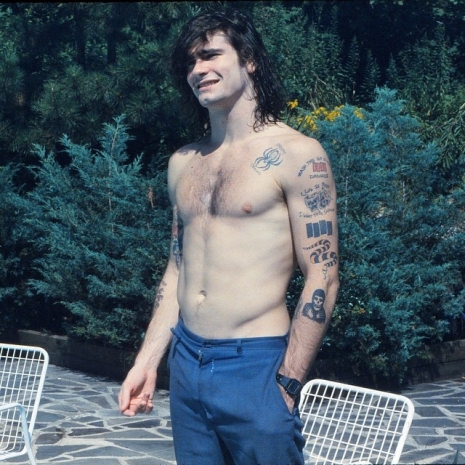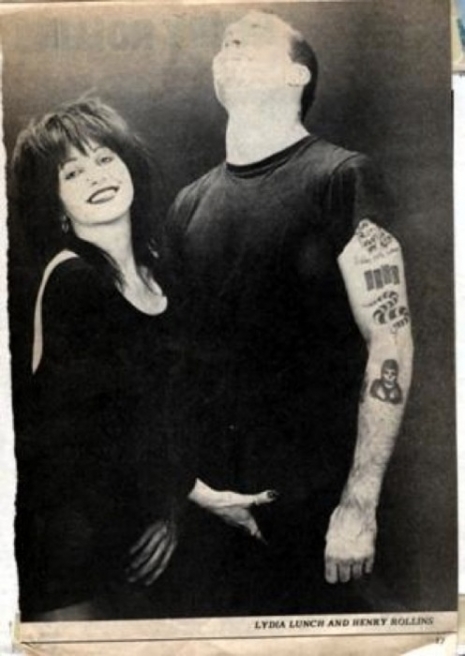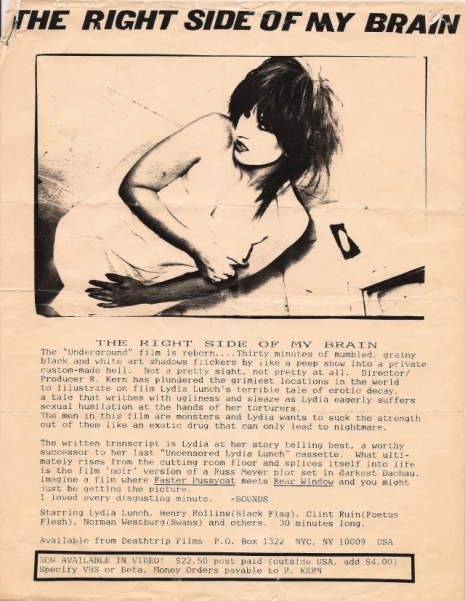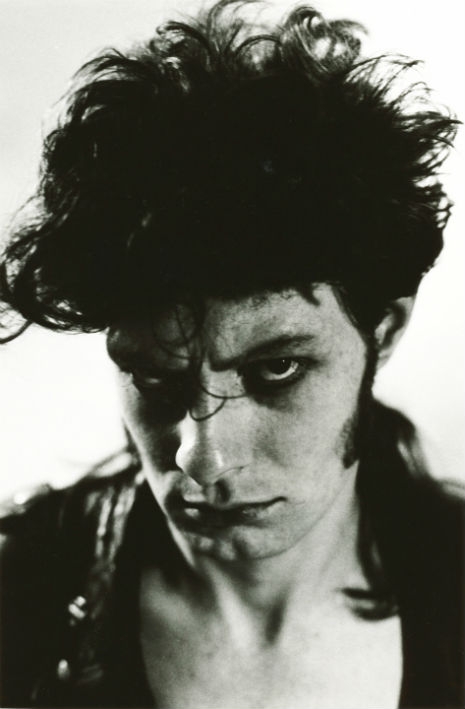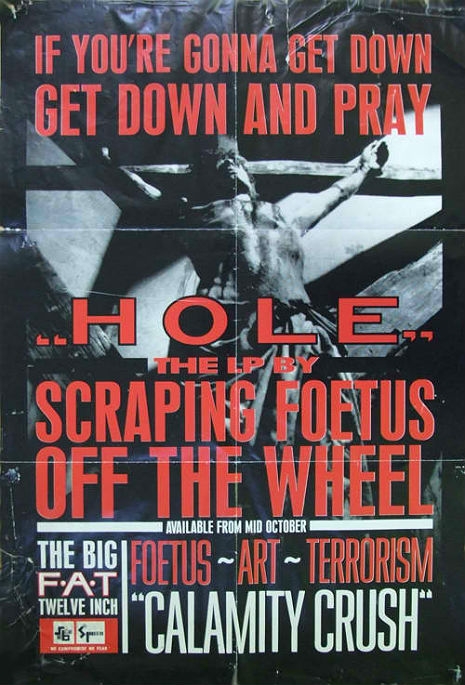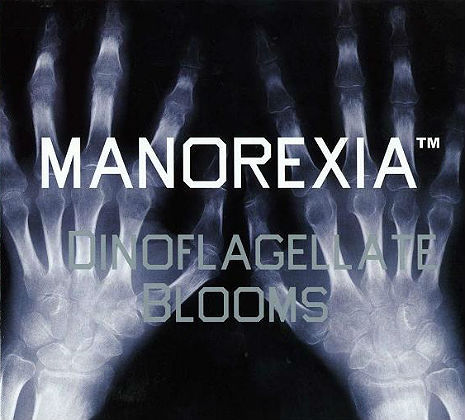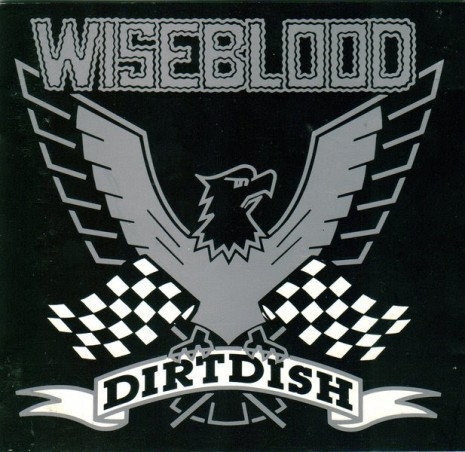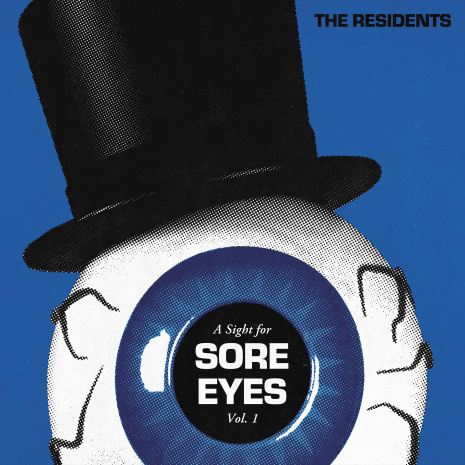
‘A Sight for Sore Eyes, Vol. 1’
For about 50 years now, the Residents have operated in secret, hiding their identities behind masks and costumes. But now you can see the members of the band full nude!
Yes, the Residents are the subject of a handsome new coffee-table book from Melodic Virtue, the publisher of like retrospectives about the Butthole Surfers, Pixies, and Ministry. The Residents: A Sight for Sore Eyes, Vol. 1 collects beautifully printed reproductions of art, photos, correspondence, press clippings and ephemera from the first 13 years of the Eye Guys’ career, opening in their humble San Mateo dwelling in 1970 and concluding on the steps of the Lincoln Memorial before the triumphant 1983 Uncle Sam Mole Show.
_(1)1_465_239_int.jpg)
‘Not Available’
While their faces remain mostly obscured in these pages, the Residents’ bare genitals are reproduced in black and white in more than one spread, so if you ever run into a pants-less member of the group, you’ll have no trouble recognizing him! That alone is worth the price of this volume.
But let’s suppose you’re jaded about seeing the Residents’ junk; say you’ve already got enlargements of the Delta Nudes CD cover tacked up all over your walls, and Kinko’s quality is good enough for you. Well, how about a sharp full-color photo of the Mysterious N. Senada’s saxophone and another of its case, bearing the word “COMMERCIAL” in giant red capital letters? Do you have that, Mr. Great Big Residents Fan? How about shots from inside Poor Know Graphics’ design studio circa 1972, hmm? You got pictures of Snakefinger’s wedding? I’m so sure. What about the fucking floor plans for the Residents’ old Sycamore Street headquarters in San Francisco?
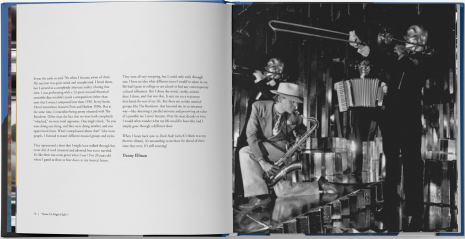
‘Eloise’ from ‘Vileness Fats’
Many of the book’s contents are things I’d hoped to find inside—shots from the set of Vileness Fats, beautiful stills from Graeme Whifler’s “Hello Skinny” film, W.E.I.R.D. fan club papers—but nearly as many are treasures I didn’t know I’d been missing, such as images from a proposal for an Eskimo opera, or screenshots from a prototype Mark of the Mole video game for the Atari 2600, or a snap of a promotional packet of Residents brand Tunes of Two Cities aspirin (to treat “the newest headache” from the band). Old favorites like the black-and-white promo photo of the band shopping for groceries are accompanied by contact sheets and other prints from the shoot. Turn the page, and it’s like The Wizard of Oz: the Residents are standing in the checkout line in Technicolor.
_465_238_int.jpg)
‘The Act of Being Polite’
Peppered throughout are testimonials from the group’s many-generational cohort of colleagues and fans. Collaborators and Ralph Records alumni like Mole Show emcee Penn Jillette, members of Tuxedomoon and Yello, and all of Renaldo & The Loaf get in reminiscences. Don Preston of the Mothers of Invention tells how he came to play his Moog parts on Eskimo; Patrick Gleeson conveys his delight at the Residents’ “fuck-you-ness”; Andy Partridge of XTC (a/k/a Commercial Album guest Sandy Sandwich) apostrophizes the Eyeballs in verse.
Then there’s Alexander Hacke of Einstürzende Neubauten remembering the Berlin record store that turned him on to The Third Reich ‘n Roll in the Seventies, and Les Claypool takes us to the living room in El Sobrante, California where his teenage girlfriend first played him Duck Stab on her Marantz. Danny Elfman hears a different path his own life might have taken when he listens back. And bringing down the mean age of this all-star gang are some of the Residents’ “children”: Eric André, members of Steel Pole Bath Tub, Death Grips, Sleepytime Gorilla Museum…
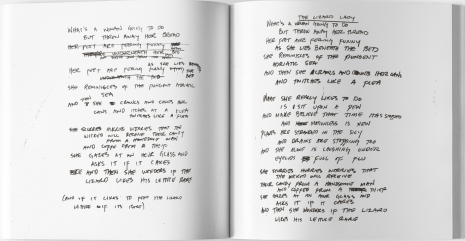
Handwritten ‘Lizard Lady’ lyrics from the ‘Duck Stab/Buster & Glen Notebook’
The book includes a seven-inch of “Nobody’s Nos,” an unreleased song composed for the early masterpiece Not Available. There’s also a signed deluxe edition that comes with a picture disc of “Nobody’s Nos” and a supplementary 24-page book of notes and handwritten lyrics from the making of Duck Stab/Buster & Glen. Mercy.
Below, the band Star Stunted (Sam Coomes, Rob Crow, Zach Hill, Mike Morasky, and Ego Plum, all of whom contributed to the book, along with its author, Aaron Tanner) performs the Residents’ 1972 holiday heartwarmer (heartwormer?) “Santa Dog” in an exclusive Dangerous Minds premiere.
It’s a Christmas miracle!
Previously on Dangerous Minds:
Residential: Homer Flynn on the Residents’ ambitious ‘God in Three Persons’ show at MoMA
The Residents’ press conference at the Lincoln Memorial, 1983
The Residents demolish ‘We Are the World’
Take a walk around a masterpiece with the Residents’ ‘Eskimo Deconstructed’
‘Oh Mummy! Oh Daddy!’ The Residents’ first show as The Residents, 1976






